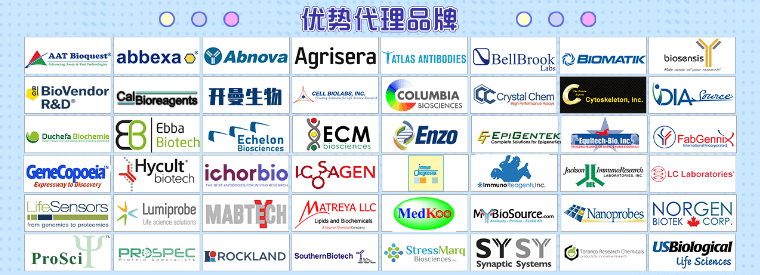Although sperm motility has been studied for over 300 yr, sperm chemotaxis in animals has been documented and quantified only in the last 40 yr. A clear demonstration of chemotactic guidance of sperm to eggs, thereby increasing the likelihood of fertilization, was first provided in a number of invertebrate species, most notably ascidians and sea urchins (for a review,seeref.1 ). Studies of the sperm chemoattractant resact, a small peptide released from the jelly coat of sea urchin eggs, led to molecular characterization of the peptide, its receptor, and the intracellular signaling pathways used to modify sperm movement (2 –5 ). More recently, evidence for sperm chemotaxis in vertebrates was obtained. Work from several laboratories demonstrated that human follicular fluid contains a sperm chemoattractant that acts preferentially on capacitated spermatozoa (6 –16 ). The chorion of teleost eggs, especially that of herring, was shown to release proteins that initiate sperm motility close to the egg micropyle (17 ,18 ), thus serving a role functionally similar to that of a sperm chemoattractant. Recently, allurin, a 21-kDa protein demonstrated to be a sperm chemoattractant, was isolated fromXenopus laevisegg jelly and sequenced (19 ,20 ). Sequence analysis indicated that allurin is homologous to several mammalian sperm-binding proteins and studies are underway to identify an allurin ortholog in mammals.
用户登录







